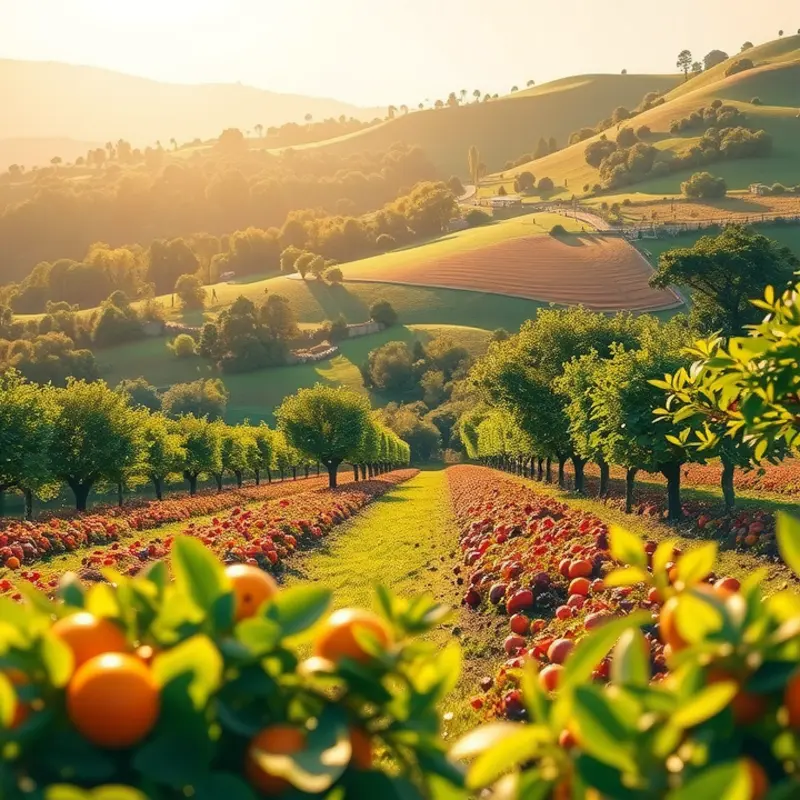A glossy sauce can transform a dish from mundane to magnificent, enhancing both its appearance and flavor. Whether you’re making a rich gravy, a delicate vinaigrette, or a sweet glaze, the right techniques will ensure your sauces shine. No matter your cooking experience, you can master the art of glossy sauces with a few simple tips and tricks. Let’s explore how to achieve that beautiful luster, turning your homemade creations into restaurant-quality masterpieces.
The Science Behind Glossy Sauces

Understanding the components that lend a sauce its shine is essential for any aspiring chef. Sauces often start as simple mixtures, but achieving that perfect glossy look involves a touch of science. At the heart of glossy sauces lies the concept of emulsions. Emulsions are when two liquids that typically don’t mix, like oil and water, are combined. This interaction is stabilized by an emulsifying agent, creating a uniform texture without separation. Emulsifiers can be naturally occurring, such as egg yolks due to their lecithin content, or can be added substances.
Fats are crucial to the appearance and texture of sauces. Beurre monté, where cold butter is whisked into a warm water base, exemplifies how fats can help achieve that lustrous sheen. The butter’s fat content melds with water, providing a velvety consistency. Careful temperature control prevents fats from separating, maintaining the sauce’s glossy appeal.
Starches also contribute significantly to texture. Cornstarch or arrowroot, when gently heated and stirred into liquid, forms a translucent, cohesive mixture. Starches thicken the sauce, ensuring it clings to ingredients while giving them that desirable glossy finish. It’s vital to avoid overcooking, which can cause starches to break down and lose their shine.
Achieving a well-balanced flavor in a glossy sauce requires careful use of aromatics and seasonings. The interplay of flavors should enhance the sauce without overpowering its visual appeal. Using fresh ingredients maximizes both flavor intensity and aesthetic. For those looking for alternatives to salt for flavor enhancement, this guide on flavor boosters without salt offers great insights.
Practical steps to get a shiny sauce start with ensuring the correct ratio of components. Always use high-quality fats and fresh, non-cloudy stocks or broths. Incorporating a touch of acidity, such as a splash of vinegar or citrus, can elevate flavors and add that zing often found in restaurant-quality sauces.
Common pitfalls include overheating the sauce, which leads to breaking the emulsion, or failing to whisk consistently, causing the sauce to clump or separate. Always add fats gradually and whisk vigorously to incorporate them fully.
Transforming regular homemade sauces into glossy masterpieces involves understanding these elements. By mastering emulsions, fats, and starches, coupled with precision and practice, you can elevate the presentation and taste of your dishes, making your sauces truly shine.
Techniques for Achieving Glossiness

Creating sauces with a glossy finish is a blend of science and art, transforming even the simplest dishes into culinary masterpieces. One keystone technique in achieving glossiness is mastering emulsions. An emulsion blends fat and water into a smooth, unified mixture which naturally results in a shiny appearance. Classic examples include hollandaise or béarnaise sauces, which rely on the right ratios and temperatures to avoid separation.
Temperature plays a crucial role in creating these mirror-like finishes. Incorporating butter at just the right moment is essential. When butter is whisked into a sauce at lower temperatures, it remains intact and enhances not only the sheen but the flavor as well. The ideal temperature for finishing with butter is often just below the simmering point, ensuring the sauce has thickened enough to hold the butter in suspension without breaking it down.
Understanding and using thickening agents wisely can also affect the gloss of a sauce. For instance, cornstarch and arrowroot are excellent for creating a glossy finish. These agents work by stabilizing the water content, which, when combined with fats and heat, results in a thicker, more reflective surface. It’s important to dissolve these agents in cold water before adding them to hot sauces to prevent clumping.
Once your sauce has achieved the desired consistency, a finishing touch of fresh herbs, citrus juices, or even a splash of wine can fine-tune its gloss and enhance flavors. Fresh herbs, added at the end of the cooking process, lend vibrant colors and aromatic flavors without compromising the shine. A squeeze of lemon or lime can brighten the sauce’s appearance and taste, balancing the richness of other ingredients.
For those eager to minimize waste and maximize flavor, consider how these techniques can be tailored to your leftover ingredients. Not only does this elevate the culinary experience, but it also aligns with sustainable practices in the kitchen. Embrace eco-smart storage methods to preserve herbs and citrus fruits for finishing your sauces. Learn more about sustainable practices here.
These techniques are accessible to cooks of every skill level. If you’re a novice, start with simpler sauces like a basic vinaigrette or a classic beurre blanc, focusing on incorporating these glossy elements step-by-step. More seasoned chefs can experiment with complex reductions or emulsified sauces, exploring how precision in timing and temperature can dramatically elevate the dish’s appeal. In every case, achieving a glossy sauce is about patience, practice, and the willingness to refine your methods until they shine as brightly as your culinary creations.
Final words
Glossy sauces add a professional touch to your meals, making them visually appealing and delicious. Mastering the techniques discussed ensures you’ll never struggle with dull, flat sauces again. Whether you opt for a luxurious butter sauce, a vibrant herb-infused dressing, or a glossy fruit glaze, the right methods will yield stunning results every time. Start experimenting with these tips in your own kitchen, and soon you’ll impress family and friends with your newly polished culinary presentations. Happy cooking!







